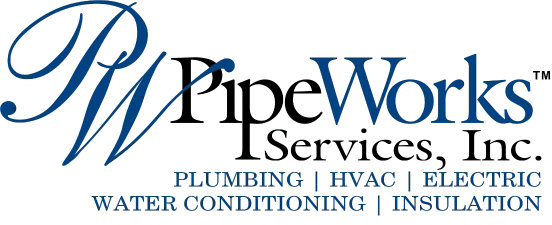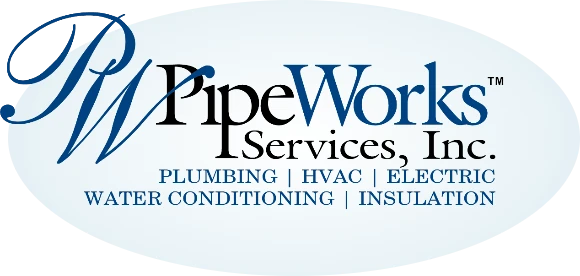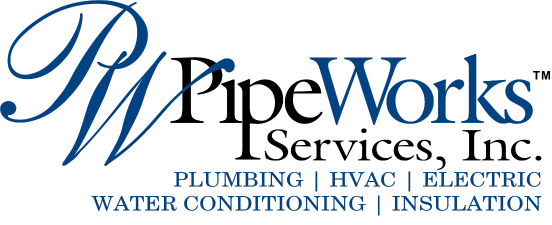Crawlspaces in your home can offer access to infrastructures such as ducts and plumbing, but they’re not pleasant places to be – and they may be costing you energy. An uninsulated crawlspace is a gap in your thermal envelope, and in New Jersey, those gaps can let in the East Coast cold. Insulating the crawlspace in your home might not be on your top 10 list of most pleasant home tasks, but taking care of it can save you money, and make your house more comfortable year-round. Here’s what to keep in mind:
- Check out your crawlspace before you try to insulate it. If your crawlspace is prone to moisture, make sure it’s ventilated so you don’t get mold or fungus growth down there.
- Air-seal your crawlspace before you install ventilation. This will help keep out moisture and make your insulation more effective.
- For ventilated areas, just insulate the crawlspace ceiling, not the walls. Make sure not to cover up the vents: often, they’re high up on the walls.
- For non-ventilated areas, run fiberglass batting up the walls, and cover the vapor barrier. Tuck batting between the joists, as well – but be sure to cut the batting to fit, and don’t compress it. The air trapped in the insulating medium helps to insulate.
- Speak to your local HVAC experts to get the low-down on what insulating R-value to aim for in your crawlspace, and to get advice on what form of insulation will best fit your needs.
- Remember to wear gloves, goggles, a long-sleeved shirt, and a dust mask when working with insulation! Fiberglass fibers do great work keeping indoor temperatures inside, but they’re no friends to your respiratory system.
Want to know more about insulating the crawlspace underneath your home? Contact us at Pipe Works Services today!



